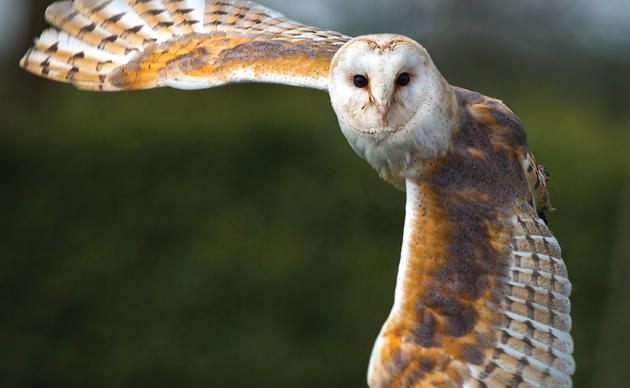This year, Audubon North Carolina is working to grow the Bird-Friendly Communities initiative. A new partnership program with a vision for North Carolina, bird-friendly communities give birds the opportunity to succeed by providing connected habitat dominated by native plants, minimizing threats posed by the built environment, and engaging people of all ages and backgrounds in stewardship of nature.
Please welcome guest blogger Cary Paynter. Cary is secretary of the Cape Fear Audubon Society and a member of the Bird-Friendly Communities Implementation team. Learn how she has transformed her yard into a safe haven for migrating birds.
Ten years ago, we began restoring our yard to native habitat by removing invasive plants and adding plants native to our area. But the real fun has been watching the land heal itself! Removing invasive Privet (also called ligustrum) revealed the native Shining Fetterbush with arching branches of evergreen leaves and sprays of white bell flowers. Where the lawn was left un-mowed, the delicate white spires of Spring Ladies’ Tresses sprang up – 27 this past, very wet June! Patches of Cranefly Orchids popped up under a live oak, an independent-minded plant that puts out new leaves in the fall that stay green all winter, and disappear before the leafless flowers surprise us in mid-summer.
Shining fetterbush (Lyonia lucida) provides nectar for butterflies and cover for birds during winter. It grows well in the Piedmont and Coastal Plain of North Carolina. Photo by Will Stuart of Matthews, NC.
With a greater number of plant species come more kinds of insects: the huge, luminous green Luna Moth on a Tupelo tree, plucked off and eaten by a cardinal, which discarded the lovely wings; robber flies with large, fierce eyes perched on the stalks of last year’s Goldenrod stems; the uncommon Henry’s Elfin butterfly taking nectar from the early flowers of a Chickasaw Plum.
With native plants and insects, a habitat really comes into its own to support birds. Twice a year, many of our birds make arduous migration journeys that may include a trek of thousands of miles. Sometimes they are aiming for some large landmark with a known food supply, like Red Knots heading for the horseshoe crab eggs of Delaware Bay. But all too often, they are forced by exhaustion to make an emergency landing.
Early one morning last October, when I was standing on the dock before sunrise, a tiny bird literally fell out of the sky, landing on the railing a few feet away. In the dim light I could see its rhythmic panting. It stayed there as the light slowly strengthened, and I saw that it was a Tennessee Warbler, small and fragile. Slowly, slowly, it recovered and then, in a flash, it flew straight into the tangle of live oaks, wax myrtle, yaupon holly and smilax that edges the creek. There was plenty to eat there, plenty of cover to hide in until it fully recovered.
This Tennessee Warbler is visiting poke berries, which are a very important food for birds during fall migration. Photo by David Disher of Winston-Salem, NC.
That is why your yard is so important. Some day when you are inside drinking coffee and hurrying to get ready for work, a bird may drop from the sky desperate for food, water and safety. The more land we people consume, the more likely this becomes. A feeder won’t help most birds, no matter how many you put out or how well stocked they are. Birds need habitat – native plants, native insects, thick cover, snags, leaves to pick through – and nature gives us all of these for free. We just need to be willing to share our yards with the native plants that belong here.



